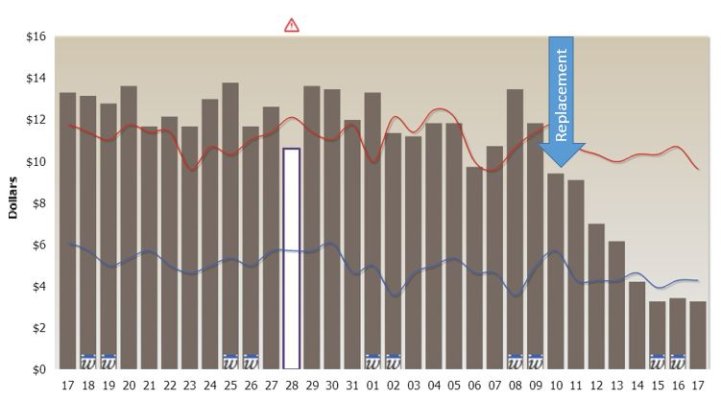TromboneAl
Give me a museum and I'll fill it. (Picasso) Give me a forum ...
- Joined
- Jun 30, 2006
- Messages
- 12,880
Anyone have a whole-house dehumidifier?
I continue to struggle against mold in our house close to the ocean.
I thought that I could cut down on our high humidity by using the forced air heating instead of the fireplace, but it doesn't help.
Today the RH is 80% in the upstairs hall. I have some small dehumidifiers in some rooms, the humidity is down to 75% there. I have a normal dehumidifier in the bathroom, and that works fine.
I put the (calibrated) hygrometer on the front porch, and it read 99%!!
Another option I'm considering is buying another normal dehumidifier and running it once a week to cut humidity down enough to kill the mold. Running it all the time would be noisy and expensive.
I run fans along the walls to keep the air circulating.
Any other ideas?
I continue to struggle against mold in our house close to the ocean.
I thought that I could cut down on our high humidity by using the forced air heating instead of the fireplace, but it doesn't help.
Today the RH is 80% in the upstairs hall. I have some small dehumidifiers in some rooms, the humidity is down to 75% there. I have a normal dehumidifier in the bathroom, and that works fine.
I put the (calibrated) hygrometer on the front porch, and it read 99%!!
Another option I'm considering is buying another normal dehumidifier and running it once a week to cut humidity down enough to kill the mold. Running it all the time would be noisy and expensive.
I run fans along the walls to keep the air circulating.
Any other ideas?


